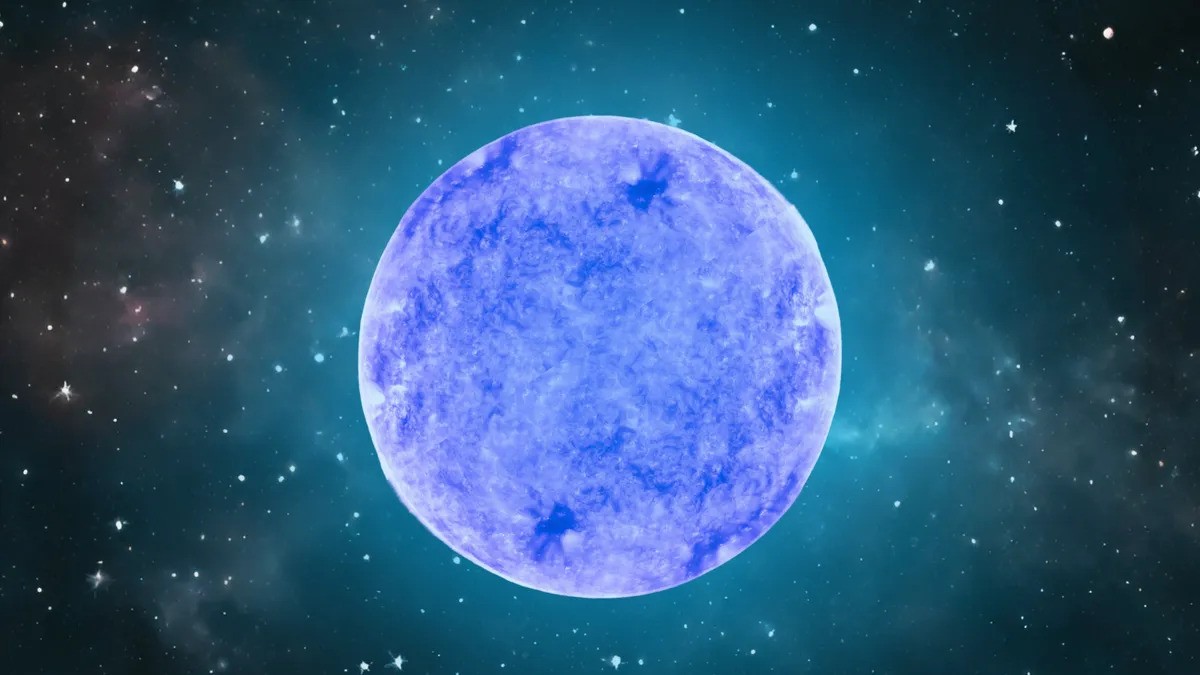Dark matter is a component of our universe that has not yet been detected. However, scientists believe that its particles can create clumps — axial stars. They are unstable and, at a certain mass, can explode, manifesting their existence.

Axion stars and dark matter
Dark matter makes up most of the matter of the universe. However, it does not interact in any way with other particles except gravity, so it has not yet been possible to detect its presence and definitively determine what it is. But researchers at King’s College London hope to learn more about it.
Their idea is based on the assumption that dark matter consists of particles called axions. For the first time, the idea of their existence was put forward back in the 1970s, but since then, there has been no evidence that they exist, as they cannot enter into the composition of any form of matter that we can study directly and they don’t form atoms.
However, they are ideally suited to the role of dark matter components and their theory suggests that they can stick together and form clumps. And those, in turn, are able to grow to such a size that we can consider them stars. And scientists believe that they could find signs of their existence.
Traces in the microwave background
Axion stars, according to scientists, not only exist now, but also appeared much earlier than ordinary ones. After all, the particles of dark matter appeared at the same moment as the rest of the matter in it, but it took much less time for the formation of clumps.
However, these axion stars were not stable, and this is what gives scientists hope to find traces of them. If dark matter really consists of these particles, then their thickenings must be unstable. If dark matter really consists of these particles, then their clumps must be unstable. When a certain mass is reached, such “dark luminaries” must explode, generating a large amount of electromagnetic radiation.
However, in the modern world, full of high-energy events that occur with ordinary stars and galaxies, it is extremely difficult to notice them. However, axion stars should have exploded in the early universe, for example, in the era of recombination.
At that time, no ordinary luminaries existed yet, and newborn atoms generated background microwave radiation. If axion stars were exploding at that time, then traces of these phenomena can be found in it. It is not clear what they should look like. However, scientists are sure that this can be found out by calculating how many similar objects exist now.
According to www.space.com
Follow us on Twitter to get the most interesting space news in time
https://twitter.comne/ust_magazine


